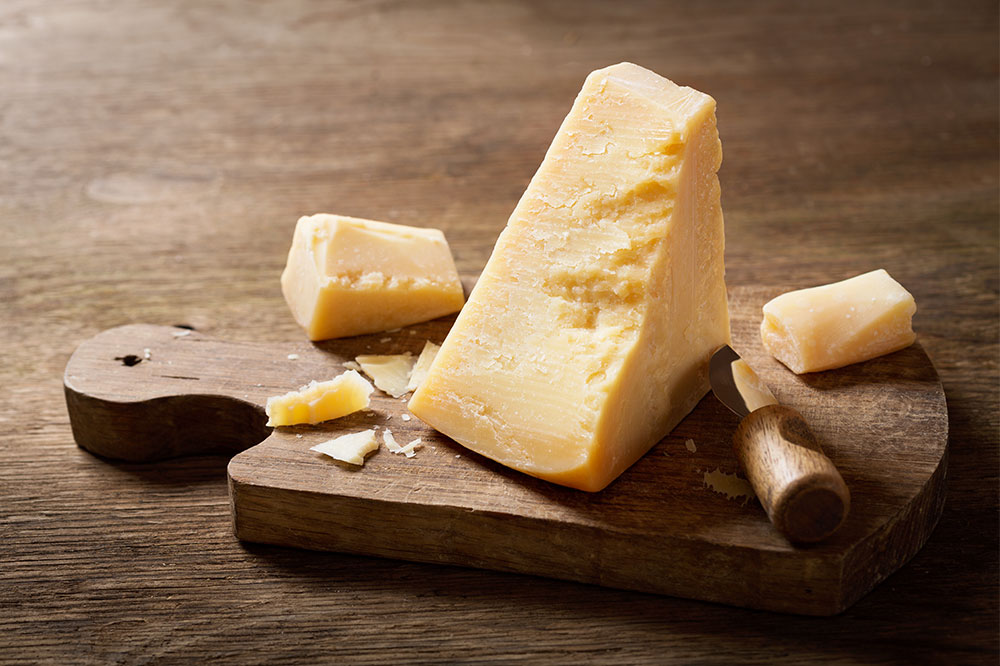
5 Simple Food Tips for Migraine
An occasional headache is quite normal. However, migraines are more than just common headaches. These last longer and often come with several other physical symptoms, such as nausea and sensitivity to light. The effects can be quite debilitating. While episodes of migraines can be unpredictable, it is quite possible to limit the triggers through diet. Certain foods may help in fighting migraines, while others can be potential triggers.
When seeking relief from migraines, exploring various treatments can be crucial. One option to consider is Progressive Muscle Relaxation (PMR), a technique involving the systematic tensing and then relaxing of different muscle groups to alleviate stress and tension, potentially lessening the impact of migraines. Additionally, exploring prescription medications can be beneficial. Many individuals find convenience and accessibility through online prescriptions, allowing them to consult with healthcare professionals and obtain necessary medications without leaving the comfort of their homes. This approach not only provides convenience but also ensures a timely response to manage migraine symptoms effectively. In navigating migraine treatments, a combination of relaxation techniques like PMR and the accessibility of prescriptions online can contribute to a comprehensive and personalized approach to migraine management.
Here are a few simple diet tips for migraines.
1. Keep yourself hydrated
It is often observed that dehydration is a common migraine trigger. Our bodies are made of nearly 60% water. It is required for practically all the processes and functions of the body, from blood circulation to digestion. Thus, water is highly essential for the body to keep functioning at optimum levels. Moreover, one may be under the assumption that drinking juices and beverages are enough to remain hydrated. However, it is important to drink enough water so that the body can function properly without getting dehydrated.
2. Eat healthy fats
It is a misconception that all types of fats are bad for health. There are certain types of fats that are healthy for the body. Avocadoes, cod liver oil, olive oil, and fatty fish are some of the foods that have a high percentage of healthy fats. These foods are rich in monounsaturated fats and omega-3 fatty acids. These keep cholesterol levels under control. Moreover, foods with healthy fats can greatly help in lowering the intensity of migraine pain. These also help in reducing the frequency of pain.
3. Eat colorful veggies
Vegetables such as summer squash, spinach, carrots, sweet potatoes, and so on are known to be “pain-safe” foods. These veggies are known as non-triggers for various health issues, including migraines. Plus, these colorful vegetables are rich in vitamins, minerals, antioxidants, and other essential nutrients that are important for better overall health.
4. Control caffeine intake
Tea and coffee are often helpful in the middle of a migraine attack. In fact, several headache relief medicines contain caffeine as one of the key ingredients. This is because caffeine has pain-relieving properties. So having a cup of tea or coffee is okay once a day. However, drinking too much of these beverages may build up a tolerance against caffeine in the body. This will increase the risk of caffeine withdrawal symptoms, leading to frequent headaches and anxiety, triggering migraines.
5. Avoid skipping meals
In many cases, skipping meals has often been associated with migraine attacks. Long periods of fasting generally trigger headaches. For those with migraines, not eating meals will increase the intensity of headaches. Moreover, eating few but big meals in a day can also increase the risk of migraine attacks due to the sudden spike in blood sugar levels. It is always recommended to have regular and smaller meals throughout the day. This will help avoid headaches associated with hunger and stabilize blood sugar levels.


